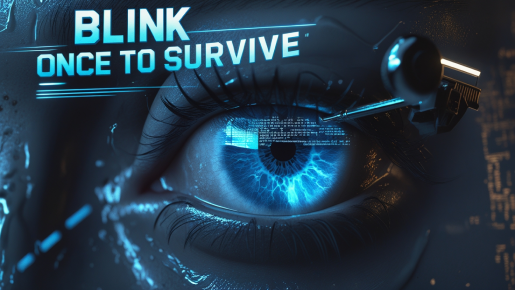Some patents protect ideas. Others protect lives.
In 1965, during the Vietnam War, U.S. Navy pilot Jeremiah Denton was taken as a prisoner of war. Forced to participate in a propaganda video by his captors, he didn’t say a word about his suffering — but his eyes told the truth.
He blinked in Morse code, spelling one word: T-O-R-T-U-R-E.
That single act became one of the most heroic — and silent — forms of protest ever recorded. But what often gets overlooked is how Morse code even existed — and how it was protected.
That’s right: Morse code, like many life-changing innovations, was patented.
This isn’t just history. It’s a lesson for every inventor, startup founder, and tech leader: patents don’t just create profit — they can define purpose.
🛰️ The Invention That Spoke Without Speaking: Morse Code
In 1840, Samuel Morse patented a system that allowed communication over telegraph wires using dots and dashes — now known as Morse code.
His U.S. Patent covered the electromagnetic telegraph system, including the code used to transmit messages.
👉 See the patent on Google Patents
This wasn’t just about sending messages faster. It was about enabling communication in places where voice couldn’t reach — and in Denton’s case, where speech wasn’t even possible.
🛡️ Why This Matters for Modern-Day Innovators
You may not be inventing survival codes — but you are creating solutions that change how we live, communicate, heal, or work. And like Morse, if your invention can’t be protected, it risks being lost, copied, or misused.
Whether you’re building AI, wearable tech, medical devices, or software — your idea is vulnerable without a patent.
Today, companies that fail to file early:
- Lose competitive advantage
- Face copycats in global markets
- Risk investor withdrawal due to weak IP
🧠 What Can Be Patented? More Than You Think
Here’s what many startups miss: patents go far beyond physical devices.
You can patent:
- Software algorithms
- Communication protocols
- Gesture controls
- User interaction methods
- Signal encoding systems
Morse patented a method. Today, so can you.
💡 Real-World Tip: File a Provisional Patent First
If you’re in the early stages, a provisional patent application gives you legal priority without needing a full patent document upfront. This protects your concept while you develop your MVP or raise funds.
It’s fast, cost-effective, and crucial if you’re going to pitch or demo your product publicly.
🔐 Are You Leaving Your Invention Exposed?
How do I know if my idea is patentable?
Quick test:
- Is it new?
- Is it useful?
- Is it non-obvious?
If yes, then chances are — yes, it may be patentable. The key is to get a professional patent search and consultation to verify before you reveal it publicly or go to market.
📞 The Innovation Is Yours — The Protection Should Be Too
Your invention doesn’t have to save lives to be worth saving.
Whether it’s a device, algorithm, or process — if it solves a problem in a new way, it deserves protection.
🎯 Book a free call with PatentYogi. We’ll evaluate your idea, identify what’s protectable, and build a roadmap to secure your innovation in the U.S. and internationally.
Bold ideas deserve strong protection — because innovation without ownership is just vulnerability.
PS: What’s stopping you from filing your patent?
Money? Time? Confusion?
👇 Drop a comment — let’s fix that together.

